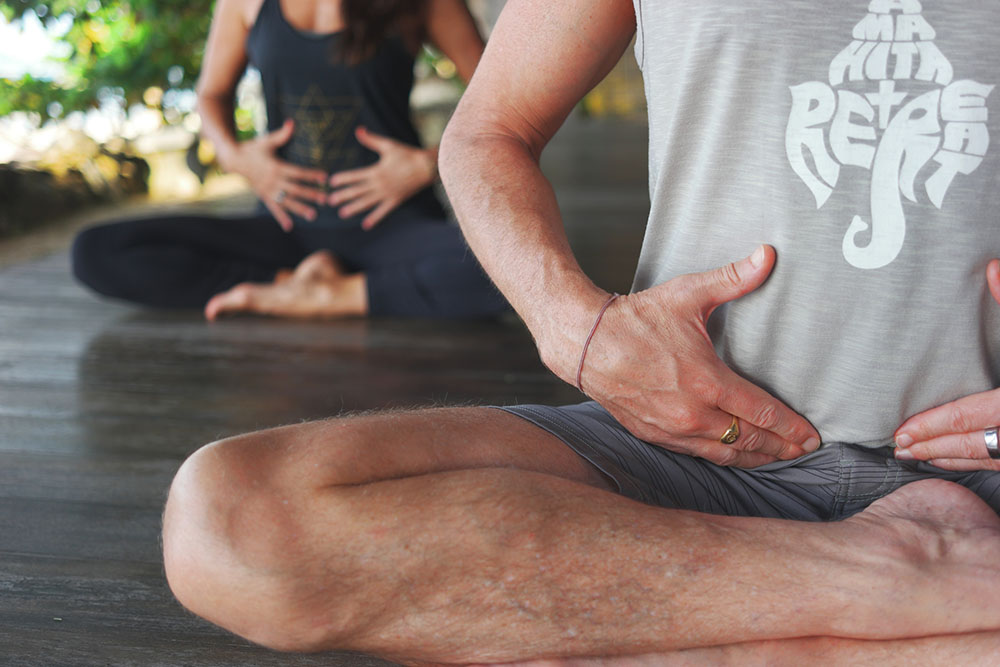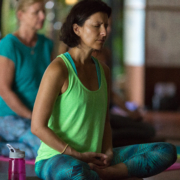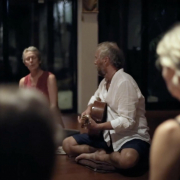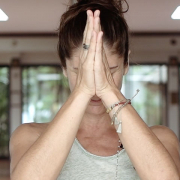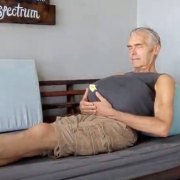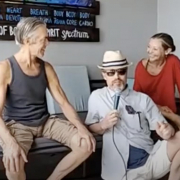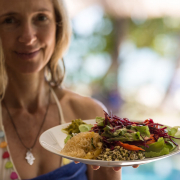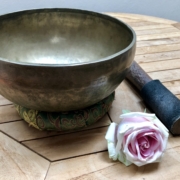 https://samahitaretreat.com/wp-content/uploads/2023/11/IMG_1290-2-scaled.jpg
1920
2560
Kirsten Mia
http://samahitaretreat.com/wp-content/uploads/2024/01/samahita-logo-v2.svg
Kirsten Mia2023-11-21 21:09:402023-11-21 21:09:40Music makes the world go round!
https://samahitaretreat.com/wp-content/uploads/2023/11/IMG_1290-2-scaled.jpg
1920
2560
Kirsten Mia
http://samahitaretreat.com/wp-content/uploads/2024/01/samahita-logo-v2.svg
Kirsten Mia2023-11-21 21:09:402023-11-21 21:09:40Music makes the world go round!Take a deep breath! AND… let your exhale be slower, longer…
Good advice in an elevated, emotional situation indeed! “Just slow down, take a deep breath, slowly exhale…” Maybe you just had some upsetting news, or you were in a car accident, or your boss took off at you which sent you over the edge! Whatever it was, I’m sure you’ve been in some kind of situation where your adrenalin started going, your mind was racing, your heart started beating faster, you became anxious or fearful, out of control. And there was someone there, to help you, and they said these words to you: slow down, take a deep breath, slowly exhale… And as you did that, pausing, focusing on that slow deep breath in, and out, you immediately felt a little better. Imagine then how powerful it could be for oneself if you harnessed a deep understanding of “the breath”?
Something no human being (or living creature for that matter) can do without. Just a few minutes (for most) without breathing and the heart stops, life ends. Next to water (proper hydration and as a resource), proper breathing is the other most important thing to pay attention to for a better quality of life. More specifically, breathing through the nose and paying careful attention to the exhale. When we inhale through the nose, the air is filtered and circulates through the nasal cavities, and temperature and humidity are controlled. Chronic mouth breathing results in in-efficient lung function, sleep disorders and lower stress resilience, among other things. “Breathwork” has become quite the buzzword in the last few years and a greater awareness around the importance of proper breathing has come to the fore, especially since Covid and the release of James Nestor’s best-selling book, “Breath”. You may also have heard of the Buteyko method, holotropic breathwork, Oxygen Advantage, conscious breathing or the Wim Hof technique? While some of these are helpful and have been scientifically proven, not all breathwork techniques are in fact suitable for everyone. So, it is important to do some research and speak to your doctor if you have any health conditions before trying them out.
If you practice yoga, you would hopefully have experienced some of the yogic breathing techniques associated with the practice in a class before and felt their effects on the mind-body and nervous system. The purpose of respiration is to provide oxygen to the mitochondria within all the cells of the body. Breathing affects all metabolic processes and the nervous system (sympathetic = fight or flight – fear, stress or anxiety or parasympathetic = rest and digest – calm and centered). This then not only has an effect on the cellular level and bodily functions, but also on our emotional responses.
The mechanics of breathing: The diaphragm is the primary muscle of breathing. It contracts during inhalation, flattening around its own tendon, pulling the base of the lungs down thereby increasing the diameter of the ribcage and volume of the lung cavity (negative pressure draws air into lungs). The intercostal muscles between the ribs, simultaneously contract to move the ribs up and out. On exhalation, the diaphragm relaxes, moving back up towards the heart thereby releasing the air.
What then ARE “breathing exercises”?
“Breathing exercises are consciously controlled respiratory events, trained in a graded manner over time, to influence the function of the respiratory diaphragm, intercostal muscles, and as a result pulmonary function and health. Each ebb and flow of inspiration and expiration expand and contract the lungs and by default impact the heart. Additionally, the movement of the diaphragm with varied intercostal activity depending on the depth of the inhalation alternates intrathoracic and intraabdominal pressure providing a massage stimulation to the visceral organs.”
(Dr Paul Dallaghan)
Benefits of a correct, regular breathwork and pranayama practice, over time:
- Improves sleep
- Reduces anxiety and stress responses
- Increases awareness of the “present moment”
- Improves lung and respiratory function
- Reduces high blood pressure and circulation
- Bee breath helps reduce anger and anxiety
- Improves cognitive (brain) function
- Enhances sports performance
- Increases energy levels and boosts immunity
- Improves self confidence and mood
Having outlined some key points and a basic understanding of “the breath” here in this article, I’ll leave you with a few more excerpts and words of wisdom from previous articles on the Samahita blog by Paul, about pranayama and the positive effects of a dedicated, engaged, long term practice. (See the links below to read the full articles)
Samahita’s co-founder Dr Paul Dallaghan has been sincerely committed to Yoga practice over the last 3 decades and has been uniquely acknowledged the title of “Master Yogi-Prānācharya” (expert in breath) by his teacher O.P. Tiwari. He has recently completed his PhD in doctoral scientific research at Emory University and continues to impart genuine teaching and science on the breath, body and meditative practices to help people improve their health and wellbeing.
Why yogic breathing techniques?…
“Prānāyāma has been referred to in modern literature as ‘yogic breathing’. This is an attempt to differentiate breathing exercises as noted in the yogic texts from general breathwork. Yet the term ‘yogic breathing’ is unsatisfactory as it neither defines or accurately explains the nature of prānāyāma and instead implies some alternate obscure way of breathing. Ironically, prānāyāma correctly defined means ‘no breath’.”
“Comprehensive yoga’s approach to breathing involves training of respiration in bodily positions that open up the lungs so the same breath is more efficiently employed across lung function. More importantly correctly trained and practiced breathing exercises emphasize the length, force and pressure of each exhale done repeatedly and continuously on each round of breath.
If your breath is “out of sync”…
“Irregular breathing now affects your emotional reactivity and physiological performance. There is an entire tantric text, Shivasvarodaya, devoted to the knowledge, understanding and subtle mastery of the breath and how it can be managed to effect every function of life. Until recently our modern society has not bothered to take that seriously. In many ways, the solution is simple enough: improve your breathing and begin the process of regulating emotional responses and physical health. As a society we are sure to have nicer people, kinder, more understanding, less anger and violence. Knowing all that, how can you not get up in the morning and devote some time to sit and engage in some helpful breathing exercises.”
Start today, you won’t regret it!
xxx Kirst
Original blog written by Kirsten-Mia Hickey for The Roaming Yogi.
References:
https://samahitaretreat.com/breathing-exercises-and-physical-health-challenges/
https://samahitaretreat.com/benefits-of-correct-breathing-and-doing-breathing-exercises/
https://samahitaretreat.com/yoga-breath-and-covid-19-lifestyle-behavioral-support-mechanisms-pt-4/
https://en.wikipedia.org/wiki/Breathing
https://www.othership.us/resources/breathwork-benefits
https://somnox.com/blog/how-deep-breathing-affects-the-nervous-system/
More from the Samahita Blog
